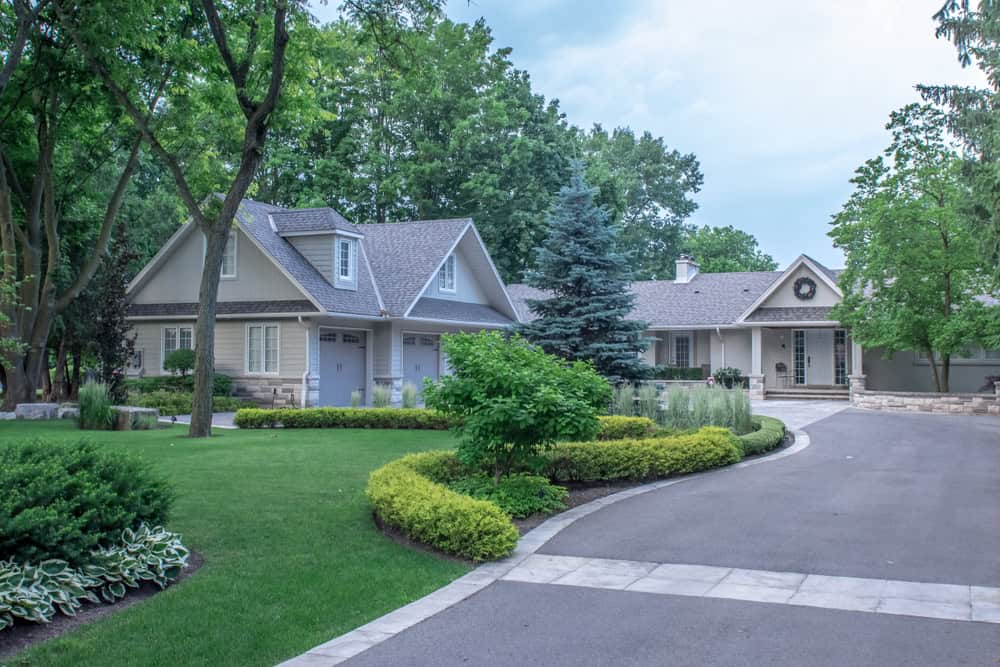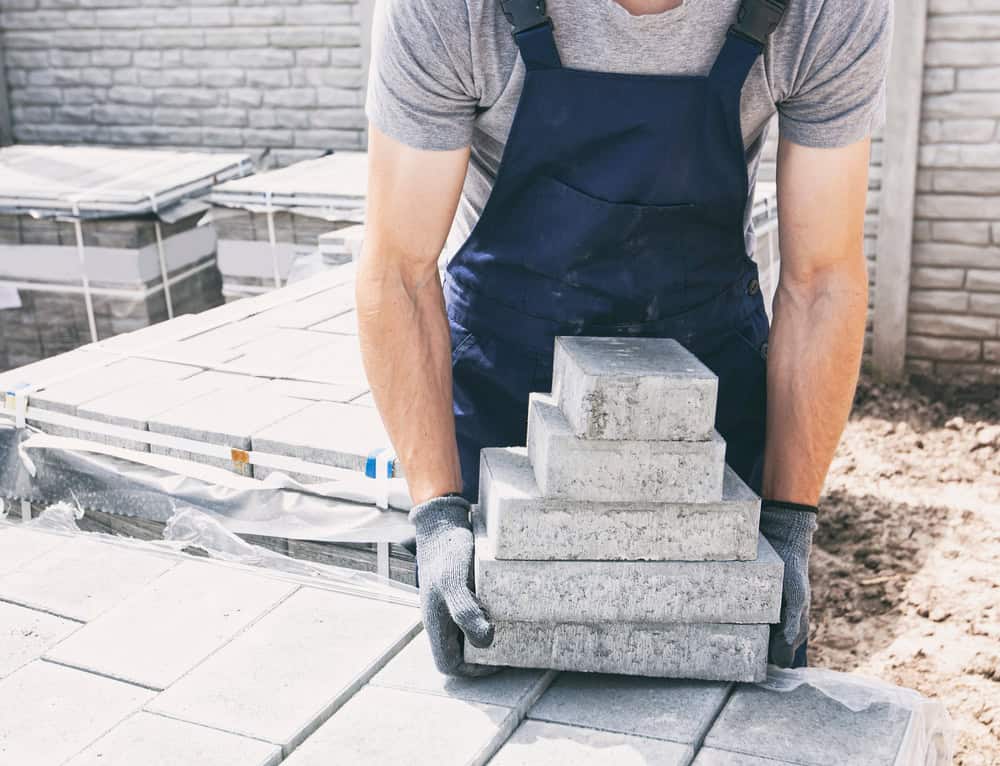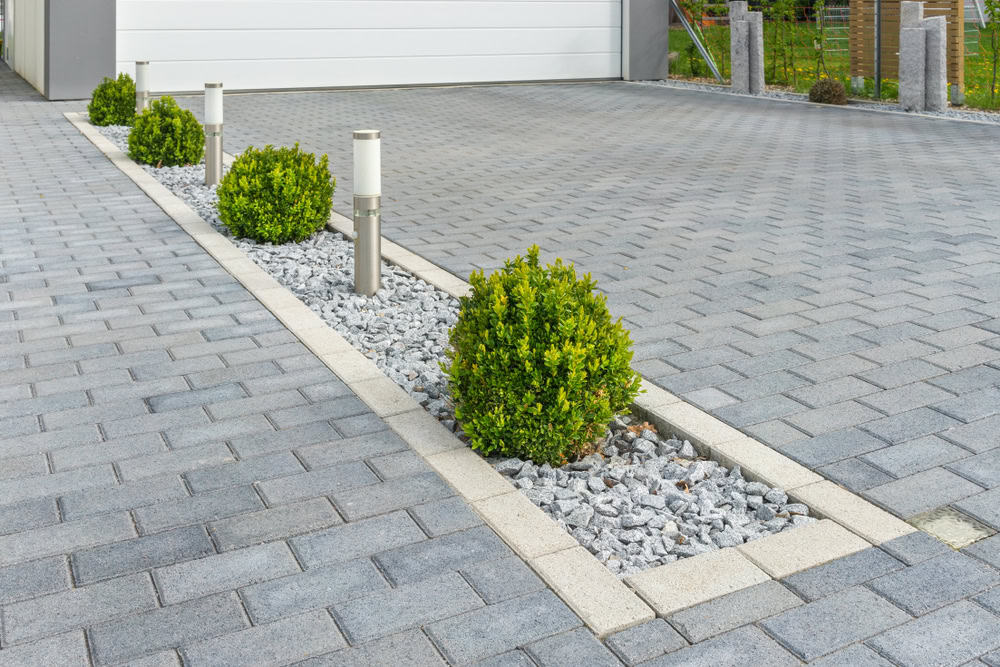Professional paver installation that handles New England weather without the headaches of cracking or settling.


You get an outdoor space you can count on year after year. No more dealing with cracks that collect water and ice. No more uneven surfaces that become trip hazards after the first winter.
Your patio becomes the place where you actually want to spend time. Morning coffee feels different when you’re not staring at settling pavers or weeds pushing through gaps. Evening gatherings happen naturally when your space looks intentional and well-built.
The difference shows up in the details. Proper drainage means water goes where it should instead of pooling against your foundation. Quality base preparation means your investment stays level and stable through freeze-thaw cycles. Professional installation means you’re done worrying about it.
Academy Masonry has been handling paver installations throughout Quincy for years. We understand how coastal moisture affects foundation prep and why proper drainage matters more here than in other areas.
You’re not getting a crew that learned their trade in Florida trying to figure out New England soil conditions. We know what works in Quincy because we’ve been doing it right here. Our material suppliers are local. Our techniques account for the specific challenges your property faces.
When we give you a timeline, it’s based on realistic expectations for this area. When we recommend materials, they’re chosen for how they’ll perform in your specific location and climate.

First, we assess your space and discuss what you want to accomplish. We look at drainage patterns, existing landscaping, and how the finished area will connect to your home and yard. You get a detailed estimate that breaks down materials, labor, and timeline.
Next comes excavation and base preparation. This is where most problems start if it’s done wrong, so we take time to get it right. Proper depth, correct materials, and thorough compaction create the foundation that keeps everything stable long-term.
Then we install your pavers according to your approved design. We handle cutting, fitting, and joint sand application with attention to the small details that affect how the finished project looks and performs. Finally, we clean up completely and walk through the completed work with you to make sure everything meets your expectations.

Ready to get started?
Every paver installation includes proper excavation to the depth your specific soil conditions require. We handle base material selection and installation, ensuring adequate drainage and stability for Quincy’s climate conditions.
You get professional-grade edge restraints that keep your pavers in place over time. We install joint sand properly and compact everything to manufacturer specifications. All cutting and fitting is done on-site to ensure tight joints and clean lines.
We also handle the details that matter for long-term performance. Proper slope for drainage. Transition details where pavers meet existing surfaces. Protection of adjacent landscaping during construction. Complete cleanup when we’re finished, leaving you with just the results you wanted.

Local Resources